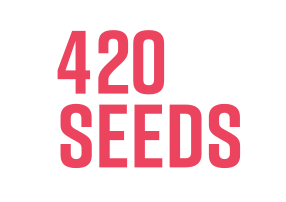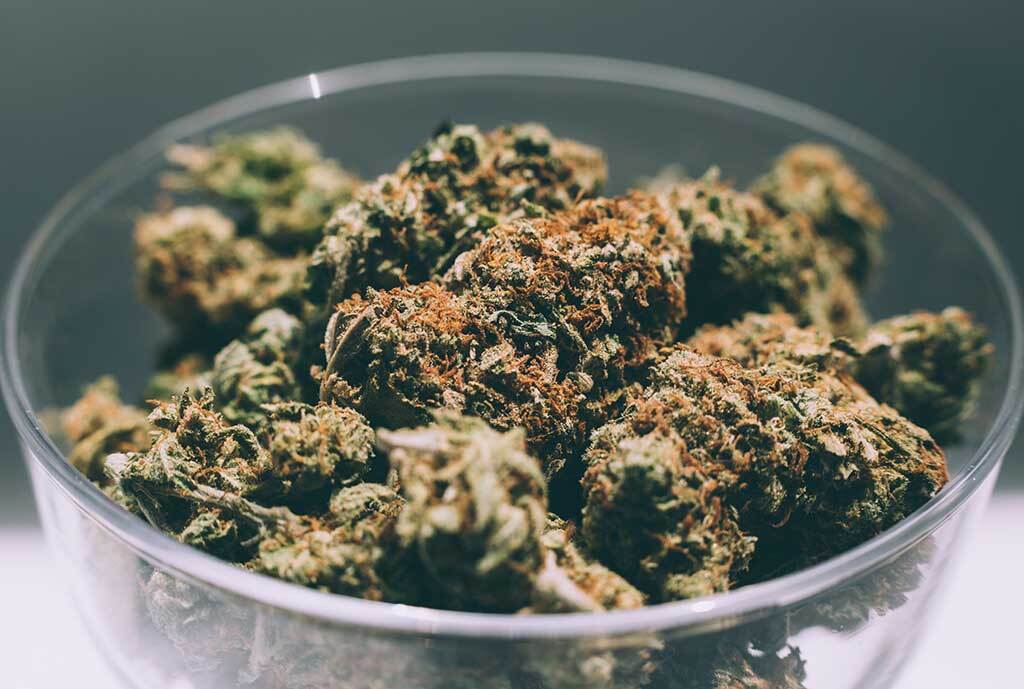Let’s be honest, there’s nothing like a gorgeous cannabis nug or as captivating as a gorgeous flowering plant. One of the most beloved traits of the most favorite strains, is the cannabis plant colors it produces. In fact, colored weed strains are much in-demand regardless of their effects or strengths. But where exactly do colors of cannabis come from?
Over the years of cultivation history, experts have pinpointed the plant compounds responsible for colorful cannabis strains. Even, deciphering ways to manipulate their environments and growing processes to achieve certain shades and hues. That’s why we’ve put together the ultimate guide to the different cannabis leaf colors. So keep reading for everything you need to know on how the most popular colorful weed strains come to be.
The science behind cannabis colors
Cannabis research has led the movement for learning as much as we can, about the magical plant. By dissecting and deciphering what cannabis actually contains, we now know more about where its unique colors come from. Each strain, or cannabis genetic, produces varying sets of phytochemicals. Similar to terpenes, which produce weed’s signature aromas and scents. Instead, compounds like anthocyanins and chlorophyll are responsible for weed’s signature appearance and cannabis leaf colors.
Beyond genetic make-up, the way in which the plant is grown and taken care of will affect which cannabis colors will appear, or how vibrant they are. Along with cannabis research, cultivators have discovered they can fine-tune processes to give consumers what they desire. Because there’s nothing better than a crop of bud with major bag appeal. Popular strains like Grand Daddy Purple, White Widow and Blue Amnesia have made a name for themselves by color and beauty, alone.
Phytochemicals that affect cannabis colors
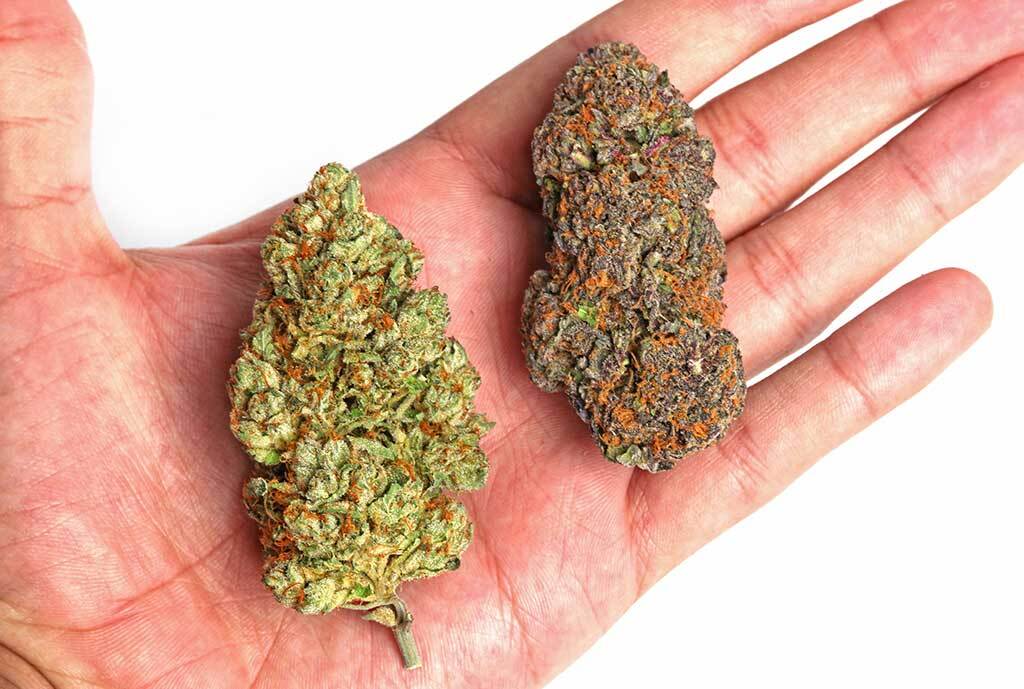
So, now let’s get into the nitty gritty of how cannabis leaf colors appear naturally. Like we mentioned, every cannabis strain develops with a predetermined genetic code. The compounds that strains produce, lend to their unique effects, aromas, and colors, too. For color sake, below are the most common compounds that add to varying shades and hues.
Anthocyanins - Yellow, orange, blue, black and red shades
Anthocyanins are also found in colorful fruits like berries and eggplant, and by definition are a class of water-soluble pigments. More than 500 anthocyanins have been found altogether, and the exact combination a strain contains will determine the color that’s apparent. Overall, anthocyanins can be responsible for blue, black and red colorful cannabis strains, and yellow and orange ones, too.
Chlorophyll - Green shades
Chlorophyll may be the most recognizable cannabis compound that adds to its most abundant color - green. Plus, it’s one of the most important for growth purposes. Considering chlorophyll is the pigment responsible for absorbing sunlight to fuel the photosynthesis process. Because the plant tissues are abundant in chlorophyll for its own health, it's one reason why the color is so widespread.
Carotenoids – Orange, yellow, and red shades
Carotenoids, like anthocyanins, are another group of pigments. Mostly found in plants, like cannabis, algae and also photosynthetic bacteria. So far, we know of 750 carotenoids which also have some pretty powerful effects themselves. Outside of cannabis, carotenoids are essential to diets and have unique health benefits. Like protecting against eye health, and macular degeneration. For cannabis colors, and other plants like carrots, pumpkins and tomatoes, carotenoids produce orange, yellow and red hues.
Flavonoids – Variety of colors, including white and cream shades
Also able to produce yellow shades, including white and cream colors, are flavonoids. Flavonoids are found in almost every plant, and are an essential part of the photosynthesis process. As the compounds block harmful UV rays from the sun, or light sources. Like the other compounds, flavonoids are water-soluble pigments. They’re often associated with the most icy strains that have an ample coating of trichomes, too.
Techniques for achieving cannabis colors
What you also need to know about cannabis colors, is they are highly affected by varying techniques, and factors. Meaning growers can manipulate environments or processes to enhance natural compounds or colors from within. Here are the top four factors that can affect and amplify cannabis leaf colors, to improve your buds’ appearance and vibrancy.
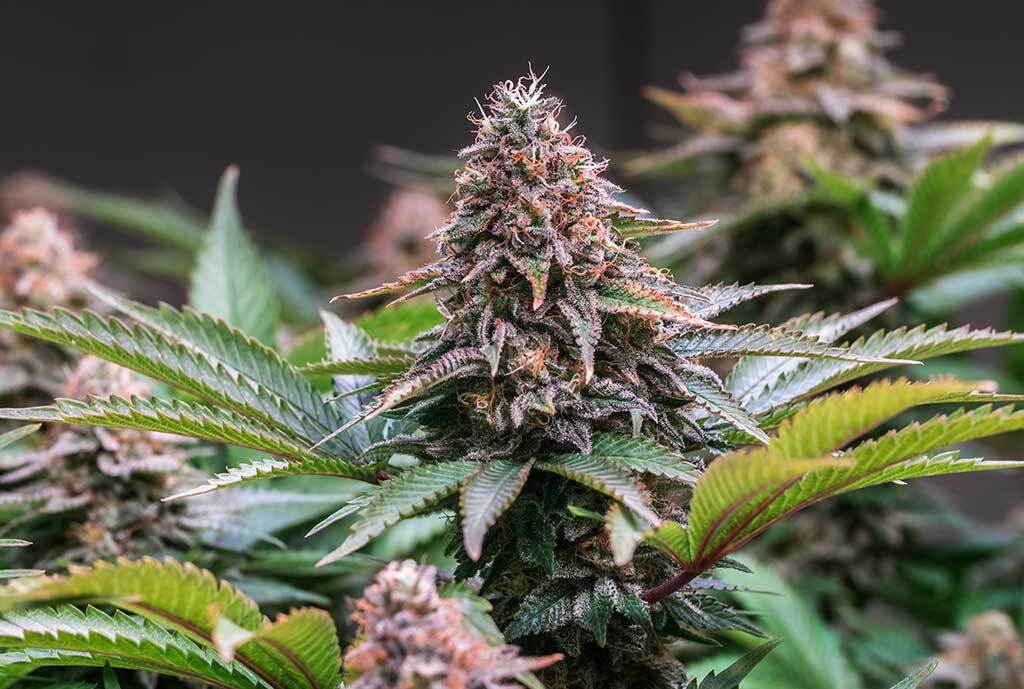
pH Levels
It’s been found in general plant research, that pH levels and acidity can contribute to leaf colors. Studies show plants with higher levels of acidity tend to produce red and pink hues. While neutral plants produce more purples shades, and high levels of pH enhances blues. Plants that are chock-full of alkaline tend to be more yellowish in color. By following this formula, and knowing what colors your strain is able to produce, you can adjust pH levels to help enhance. However, also be sure to stay within proper pH levels that are optimal for healthy growth. Generally, 5.8 - 6.8 is ideal for growth, and ideal hues.
Nutrients
By feeding your plants a well-balanced level of nutrients, your plant will be healthy enough to produce its most natural and vigorous colors. Be wary of nutrients that advertise enhancing colors themselves, as more times than not, the formula will do so in a synthetic way that can harm plant health. For instance - reducing phosphorus levels tends to enhance red shades in plants, but again - be sure your plant is receiving the amounts necessary for growth and health.
Lighting
LED lights are all the recent rage, for the wide ranging spectrums they can provide. These specific spectrums can also enhance anthocyanins production. Since anthocyanins serve as protectors from UV light, when UV lighting is present, the more anthocyanins the plant will produce.
Temperature
One of the most known methods of affecting cannabis colors, especially dark hues like purple or blue, is by dropping the temperature. That’s because anthocyanins activate when temperatures decrease. Periods of colder temps also inhibit chlorophyll production. Since chlorophyll masks other colors, this process allows for those pigments to become more ample and apparent.
Color & potency - is there a connection?
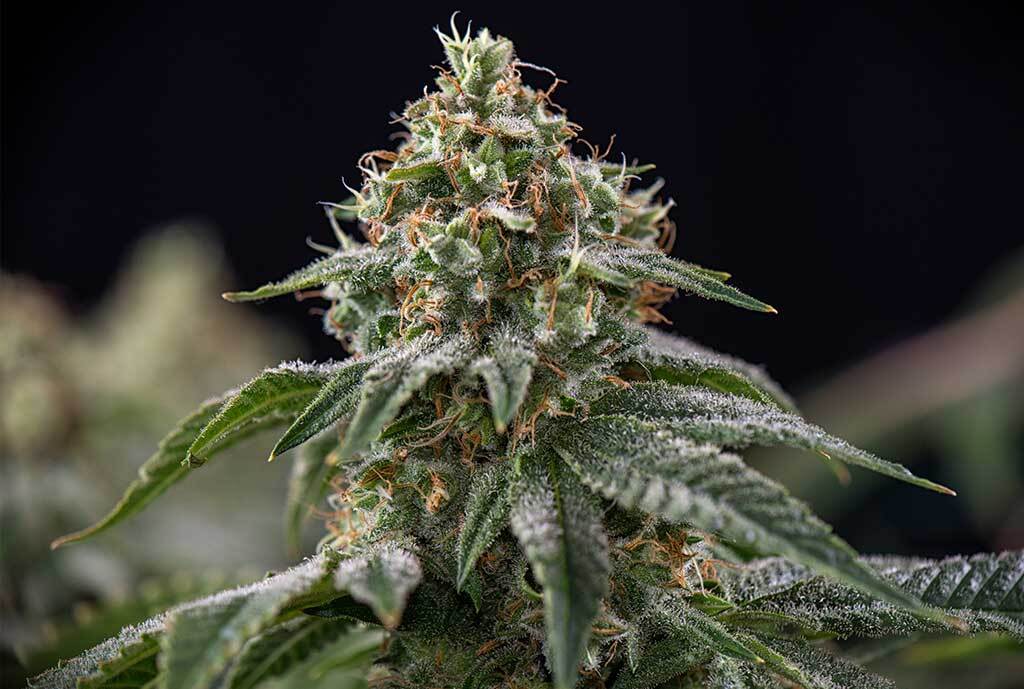
Lastly, we should address a common myth that’s associated with colorful cannabis strains. That myth being - the more colorful, the bud, the stronger or more potent it is. Which isn’t necessarily true. While some colored weed strains are, in fact, quite potent, the two don’t go hand in hand. The strength or potency is determined by the levels of cannabinoids, like THC, and terpenes for the entourage effect. The entourage effect is the idea that terpenes, and cannabinoids amplify one another when both are present.
As cannabis research continues, we’re finding that flavonoids might contribute to the entourage effect by producing their own effects, too. This means we may also find out that certain compounds would actually increase the strength. For now, however, it’s best to judge potency on cannabinoid content, and quality. Before thinking the prettiest bud will produce the highest of highs.
Taste the rainbow with colorful cannabis strains
So, now that you know everything there is to know about colorful cannabis strains - not only can you understand more about how they came to be, but how to successfully grow your own, too. By using the techniques you’ve learned today, you can brighten, darken or enhance cannabis leaf colors. Achieving high quality results, along with an eye-catching appearance. To do so yourself, check out 420 Seeds collection of premium seeds for the most beautiful colored weed strains, now.
